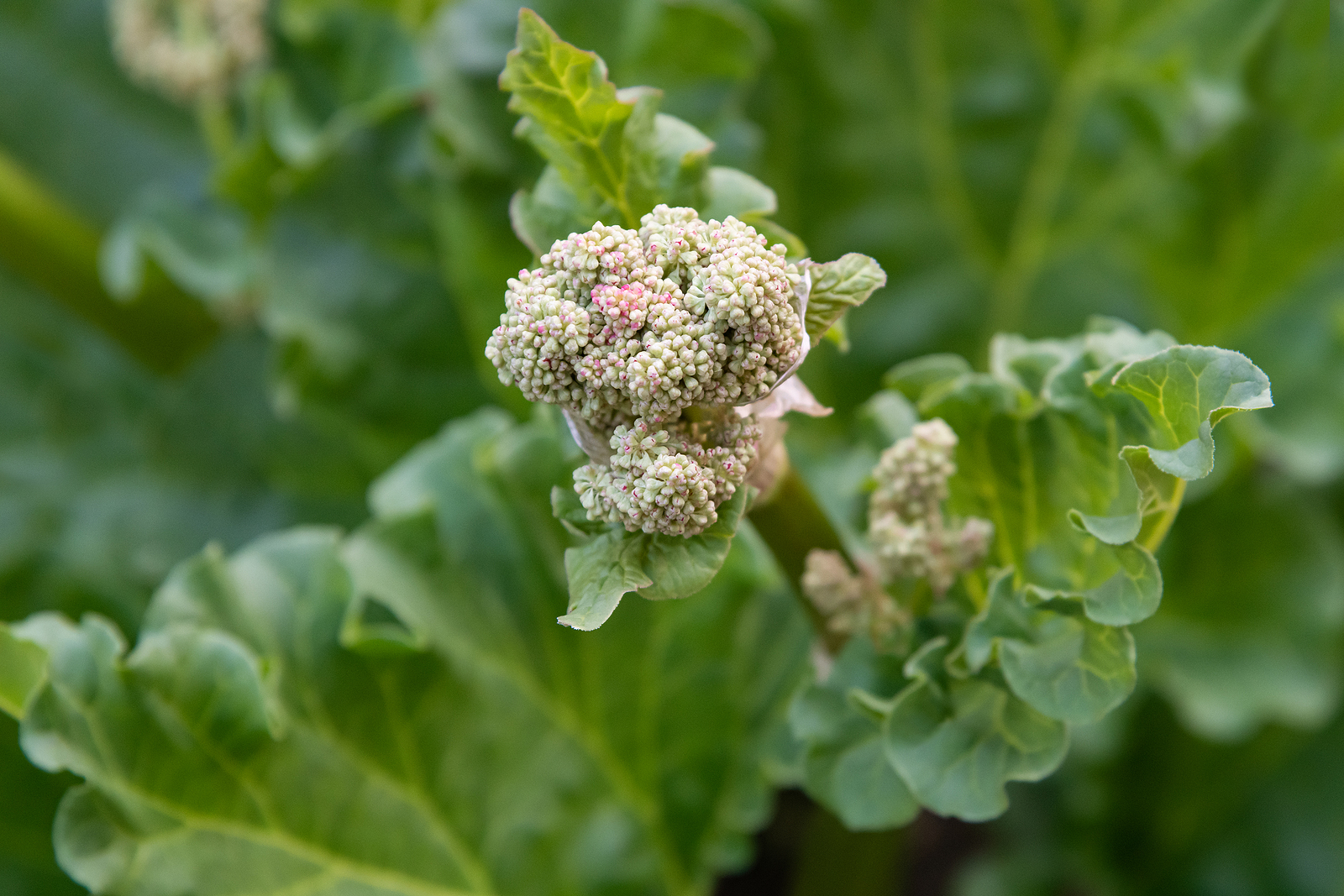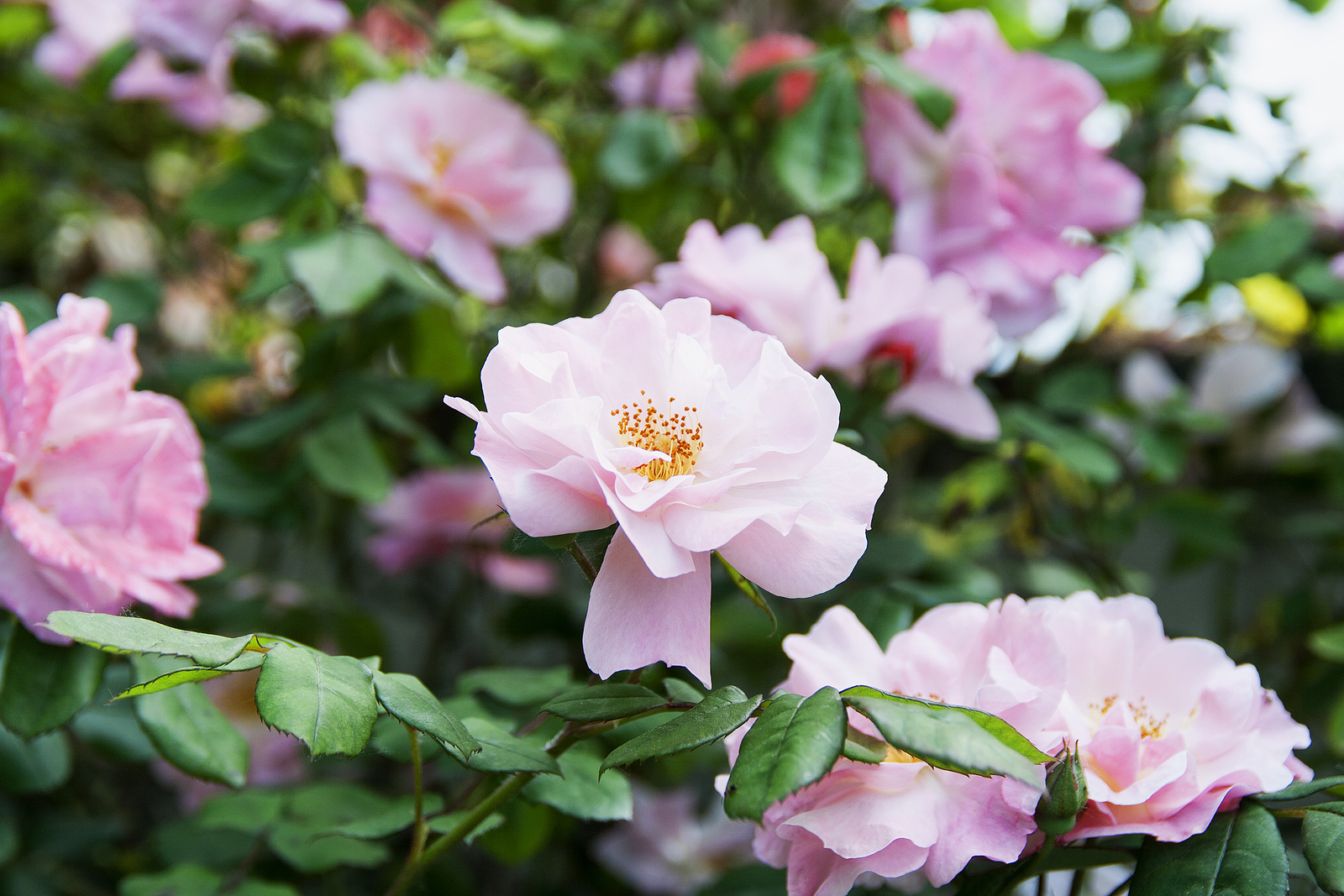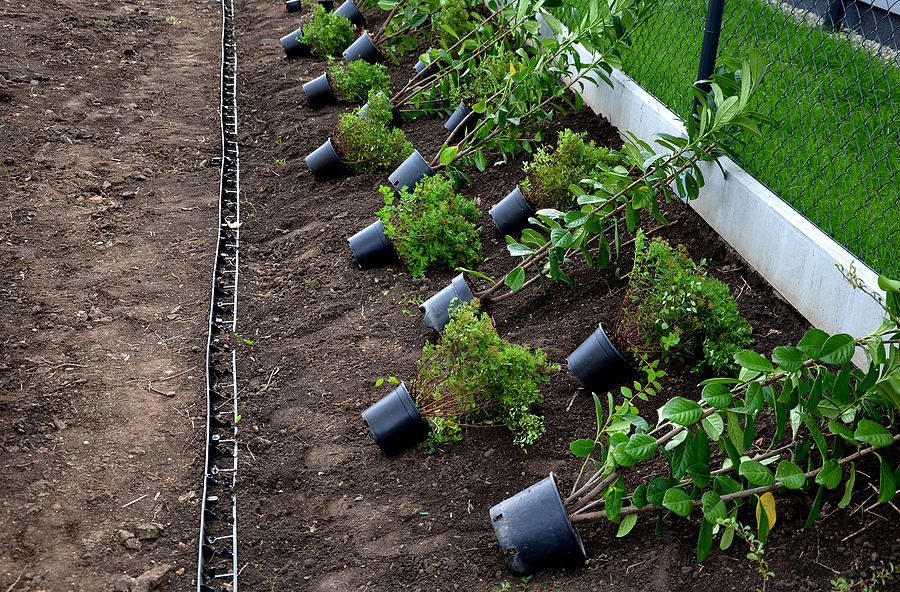Uncategorized
Latest stories
More stories
-
September Flower Garden Tips Zone-by-Zone
The weather will direct your efforts in the garden in September — early autumn. While the first day of autumn will arrive on September 22, this month may seem like an extension of summer in many southern gardens. The first cold weather and even frost can come this month in northern gardens. Now is the […] More
-
August Flower Garden Tips Zone-by-Zone
August is a month of transition in the garden. Nights start to grow shorter but days are hot and dry. Early summer blooms begin to fade while buds for autumn blooms are now appearing and will break soon. Pests and diseases in the garden often peak this month. Roses and perennials need deadheading in August. […] More
-
June Flower Garden Tips Zone-by-Zone
Summer arrives toward the end of this month. Now is the time–before hot weather arrives–to finish your spring garden chores. After weeding beds and borders, sprinkle slow-release organic fertilizer around each plant then add an aged compost mulch across beds. Aged compost will work itself into the soil through the summer improving both moisture retention […] More
-
May Flower Garden Tips Zone-by-Zone
May is the month most gardens begin to look more and more like the summer garden. By mid-month, most warm-season annuals and perennials can be sown or transplanted out in most gardens without worry. May is the month to get shrubs and trees planted; you want these big-rooted plants to get a foothold before the […] More
-
April Flower Garden Tips Zone-by-Zone
Early to mid-spring is a time of transition in the garden. Weather extremes from snow to hot weather can occur in the Northern Hemisphere in April. In cold-winter regions, spring weather may still be several weeks away. In warm-winter regions, the last frost has already passed, and gardens are warming. The timing of planting is […] More
-
March Flower Garden Tips Zone-by-Zone
March is a month of transition in the garden. March brings the end of winter and the beginning of spring. Spring for the northern hemisphere will arrive on March 20, the vernal equinox. There will be exactly 12 daylight hours from sunrise to sunset on that date. In the northern hemisphere, every day hence will […] More
-
February Flower Garden Tips Zone-by-Zone
February is the start to the garden busy season. In many regions, indoor and outdoor sowing and planting will begin this month. Gardeners in warm regions already have seed and young plants in the ground. In cold regions, where is snow on the ground, February is still the time for making plans and preparing for […] More
-
January Flower Garden Tips Zone-by-Zone
The number of frost-free days each year in the northern hemisphere ranges from more than 300 along the southern coasts to less than 100 in the landlocked north. Your natural growing season stretches from the last frost in spring to the first frost in autumn. In Zones 10 and 11, the last frost of the […] More
-
Average First and Last Frost Dates for Cities, States, and Countries
Average frost dates–the last frost in spring and the first frost in autumn–can be used to set seed starting dates for the crops you plan to grow. They can also be used to set harvest dates and to plan the extension of the growing season–both early and late. Most crops grow best during the frost-free […] More
-
December Flower Garden Tips Zone-by-Zone
December brings to a close the garden year, but there are still things to do in the garden. In warm climates, gardeners are still busy planting perennials and cool-weather annuals. In cold climates, winter plant protection can be put in place and the soil can be prepared for next spring–even frozen ground can be sheet […] More
-
November Flower Garden Tips Zone-by-Zone
November brings the end of the growing season to most gardens in the Northern Hemisphere. Daylight grows shorter and temperatures steadily cool. But the soil is still warm from summer and planting of shrubs and trees can be done this month. Most perennials and annuals are fading; that means garden cleanup should follow and initial […] More
-
October Flower Garden Tips Zone-by-Zone
Here is a zone-by-zone to-do list for your October flower garden. You’ll find planting and garden care tips for tree and shrubs, perennials, annuals, bulbs, the lawn, and houseplants. Use the USDA Hardiness Zone Map to check your zone if you are unsure. Now is the time to get the garden ready for the coming […] More














